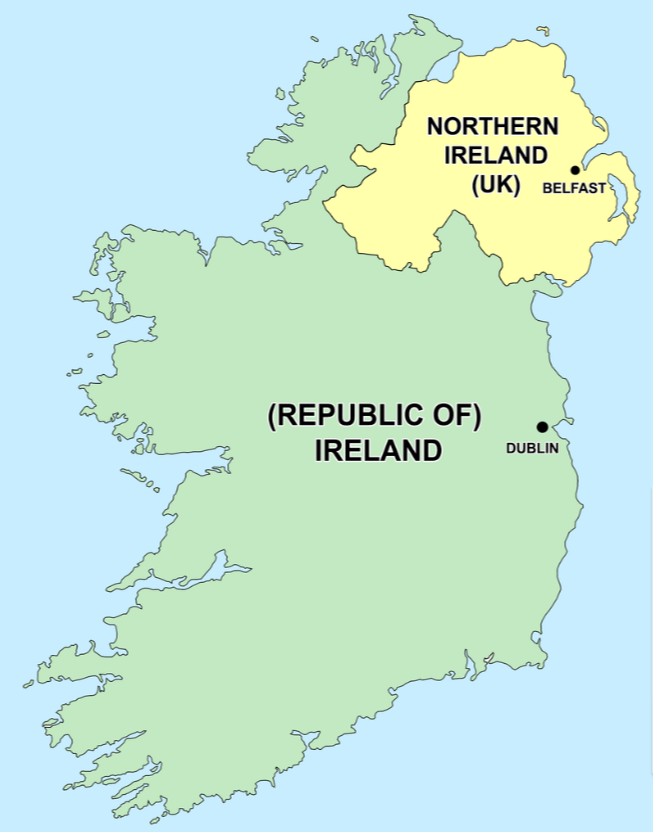Partition of Ireland in 1921: A Significant Milestone in Irish History

The Government of Ireland Act of 1920 created a significant milestone in Irish history, leading to the partition of Ireland in 1921 into Northern Ireland and Southern Ireland. This historic event was a result of years of political tensions, religious conflicts, and ethnic divisions between the nationalist movement, predominantly Catholic, and the unionist movement, mainly Protestant, in Ireland.
Background
The act of partition came into existence during a tumultuous period in Irish history. In the early 20th century, the Irish nationalist movement was gaining momentum and demanding self-governance. The movement, led by Irish political leader Charles Stewart Parnell, had been advocating for Home Rule – the idea of creating a separate Irish parliament within the United Kingdom, similar to that of Scotland and Wales. However, the Home Rule Bill failed to become law, leading to political tensions and religious conflicts between the two communities.
The unionist movement, on the other hand, supported the maintenance of the Union between Great Britain and Ireland. They feared that Home Rule would lead to the domination of the nationalist movement and the suppression of Protestantism in Ireland. This fear led to the formation of the Ulster Volunteer Force, a paramilitary organization, to resist Home Rule.
In 1916, a group of Irish nationalists staged an armed rebellion, known as the Easter Rising, against British rule. Although the rebellion was ultimately suppressed, it led to increased support for Irish independence and further political tensions in the country.
The Government of Ireland Act 1920
The Government of Ireland Act of 1920 was introduced by the British government as a compromise to the ongoing political tensions in Ireland. The act aimed to establish two separate parliaments in Ireland, one for Northern Ireland and the other for Southern Ireland. The border between the two regions was determined by the percentage of the population that was Protestant and Catholic, with the predominantly Protestant areas forming Northern Ireland and the predominantly Catholic areas forming Southern Ireland.
Impact of Partition
The partition of Ireland had significant implications for the country’s political, social, and economic landscape. The creation of Northern Ireland led to the establishment of a Protestant-dominated state, which was perceived by many nationalists as discriminatory towards the Catholic population.
The division of the country also had severe economic consequences, with Southern Ireland struggling to establish a stable economy in the aftermath of the partition. The predominantly Protestant north, on the other hand, experienced economic growth due to its ties with the United Kingdom and the presence of British industries.
The partition of Ireland also led to increased violence and political unrest, particularly in Northern Ireland, where the conflict between unionists and nationalists led to the outbreak of the Troubles – a period of sectarian violence that lasted from the late 1960s to the late 1990s.
The division of Ireland in 1921 marked a crucial moment in Irish history, with long-lasting effects on politics, society, and the economy.

